Here, Bonhams is delighted to offer nothing less than one of the most charismatic Grand Prix racing cars ever to come to public auction. The car offered represents the finest possible re-assembly of all the very best original parts recovered from the 1945-46 Soviet sequestration by American-based classic car hunters Paul and Barbara Karassik in the late-1980s/1990. The Auto Union 'D-Type' as offered here today embodies the only individually-identifiable complete original Grand Prix race team chassis frame known to have survived from 1938-39. When the chassis frame was first delivered to Crosthwaite & Gardiner in England, after its recovery from the former Soviet Union, it was found to bear a soldered-on chassis plate which identified it as frame number '19', it has been considered to be frame '19' ever since. The car is powered by what was originally a single-stage supercharged 3-liter V12 works team racing engine, numbered '17', sympathetically converted by Crosthwaite & Gardiner to accommodate the additional cachet of the original ex-race team two-stage supercharger also retrieved by the Karassiks. The transaxle gearbox and suspension are also substantially ex-race team originals, refurbished and restored as required with minimal compromise to their specific originality. As presented today, the only non-period, non-original substantial features of this Auto Union are its beautifully hand-crafted aluminum bodyshell and fuel tanks – made for Crosthwaite & Gardiner and contemporary owners Paul and Barbara Karassik by those leading exponents of the art, Rod Jolley Coachbuilding, in England in 1992-93. The story of the race history that has been attributed to it, its loss and discovery is almost certainly one of the most fascinating car stories ever told and begins back in Germany in the mid 1930s.... The Silver Arrows The 'Silver Arrows' period of Grand Prix motor racing from 1934 to 1939 saw white-hot competition between the German State-backed factory teams of Mercedes-Benz and Auto Union. Their Grand Prix racing cars embodied the outermost cutting-edge of contemporary technology, not merely to defeat the best that such Italian and French racing rivals as Alfa Romeo, Maserati, Bugatti, Talbot and Delahaye could offer but – most critically – to defeat one another. In those heyday years of the emergent Third Reich, the two major German manufacturers were locked in combat on the race circuits of Europe, the US, Brazil and even South Africa not merely to promote their own brand names, but also to promote the technical capability and blossoming prestige of the resurgent New Germany. There was little thought at that time of the barbaric brutality at the core of that Nazi regime – and today the finest of German industry's peacetime technological achievements from that period – such as this Grand Prix racing car - are rightly regarded as having marked a high-tide of international engineering endeavour. While the ultimate developments of the 750-Kilogram Formula for Grand Prix cars emerged in 1937 as the epitome of brutal power – the replacement 3-liter supercharged/4½-liter unsupercharged Formula of 1938-39 then produced cars such as this V12-engined Auto Union which proved to be the pre-war pinnacle of intricate sophistication and complexity. The 'D' Type Auto Union The 1938-39 V12-cylinder Auto Union racing car – retrospectively classified postwar as the Chemnitz company's 'D-Type' model – was developed originally to meet a new set of international technical regulations – or 'Formula' - governing Grand Prix racing. The Formula specified a maximum engine capacity of 3-liters and a minimum weight limit of 850-kilograms. The 'D-Type' Auto Union was based upon a highly sophisticated and advanced new chassis design, featuring de Dion rear suspension and with its fuel load centralized in pannier tanks hung along each side, within the wheelbase. The 3-cam V12-cylinder engine developed some 420bhp in 1938 single-stage supercharged form, ris
Here, Bonhams is delighted to offer nothing less than one of the most charismatic Grand Prix racing cars ever to come to public auction. The car offered represents the finest possible re-assembly of all the very best original parts recovered from the 1945-46 Soviet sequestration by American-based classic car hunters Paul and Barbara Karassik in the late-1980s/1990. The Auto Union 'D-Type' as offered here today embodies the only individually-identifiable complete original Grand Prix race team chassis frame known to have survived from 1938-39. When the chassis frame was first delivered to Crosthwaite & Gardiner in England, after its recovery from the former Soviet Union, it was found to bear a soldered-on chassis plate which identified it as frame number '19', it has been considered to be frame '19' ever since. The car is powered by what was originally a single-stage supercharged 3-liter V12 works team racing engine, numbered '17', sympathetically converted by Crosthwaite & Gardiner to accommodate the additional cachet of the original ex-race team two-stage supercharger also retrieved by the Karassiks. The transaxle gearbox and suspension are also substantially ex-race team originals, refurbished and restored as required with minimal compromise to their specific originality. As presented today, the only non-period, non-original substantial features of this Auto Union are its beautifully hand-crafted aluminum bodyshell and fuel tanks – made for Crosthwaite & Gardiner and contemporary owners Paul and Barbara Karassik by those leading exponents of the art, Rod Jolley Coachbuilding, in England in 1992-93. The story of the race history that has been attributed to it, its loss and discovery is almost certainly one of the most fascinating car stories ever told and begins back in Germany in the mid 1930s.... The Silver Arrows The 'Silver Arrows' period of Grand Prix motor racing from 1934 to 1939 saw white-hot competition between the German State-backed factory teams of Mercedes-Benz and Auto Union. Their Grand Prix racing cars embodied the outermost cutting-edge of contemporary technology, not merely to defeat the best that such Italian and French racing rivals as Alfa Romeo, Maserati, Bugatti, Talbot and Delahaye could offer but – most critically – to defeat one another. In those heyday years of the emergent Third Reich, the two major German manufacturers were locked in combat on the race circuits of Europe, the US, Brazil and even South Africa not merely to promote their own brand names, but also to promote the technical capability and blossoming prestige of the resurgent New Germany. There was little thought at that time of the barbaric brutality at the core of that Nazi regime – and today the finest of German industry's peacetime technological achievements from that period – such as this Grand Prix racing car - are rightly regarded as having marked a high-tide of international engineering endeavour. While the ultimate developments of the 750-Kilogram Formula for Grand Prix cars emerged in 1937 as the epitome of brutal power – the replacement 3-liter supercharged/4½-liter unsupercharged Formula of 1938-39 then produced cars such as this V12-engined Auto Union which proved to be the pre-war pinnacle of intricate sophistication and complexity. The 'D' Type Auto Union The 1938-39 V12-cylinder Auto Union racing car – retrospectively classified postwar as the Chemnitz company's 'D-Type' model – was developed originally to meet a new set of international technical regulations – or 'Formula' - governing Grand Prix racing. The Formula specified a maximum engine capacity of 3-liters and a minimum weight limit of 850-kilograms. The 'D-Type' Auto Union was based upon a highly sophisticated and advanced new chassis design, featuring de Dion rear suspension and with its fuel load centralized in pannier tanks hung along each side, within the wheelbase. The 3-cam V12-cylinder engine developed some 420bhp in 1938 single-stage supercharged form, ris

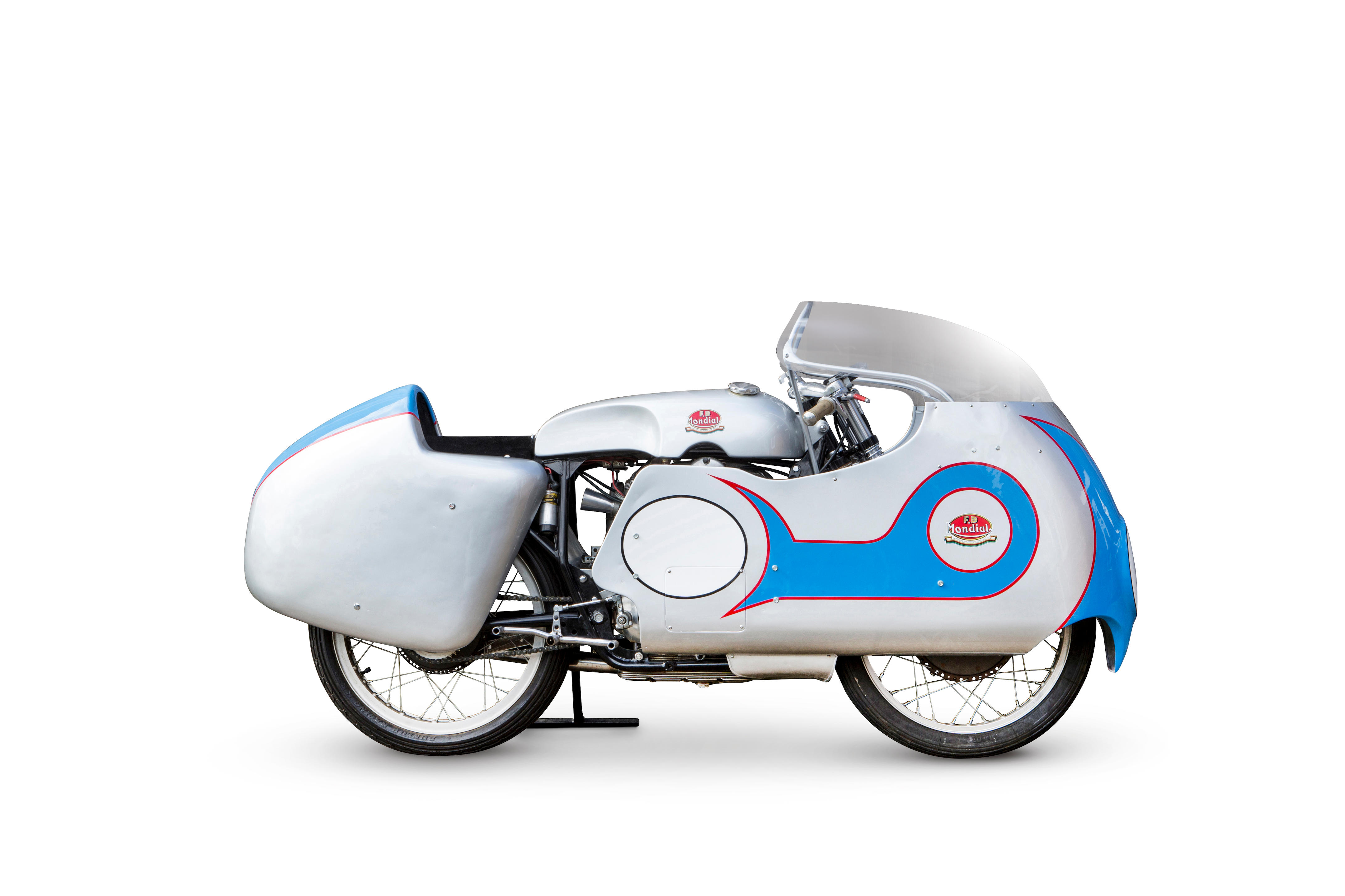
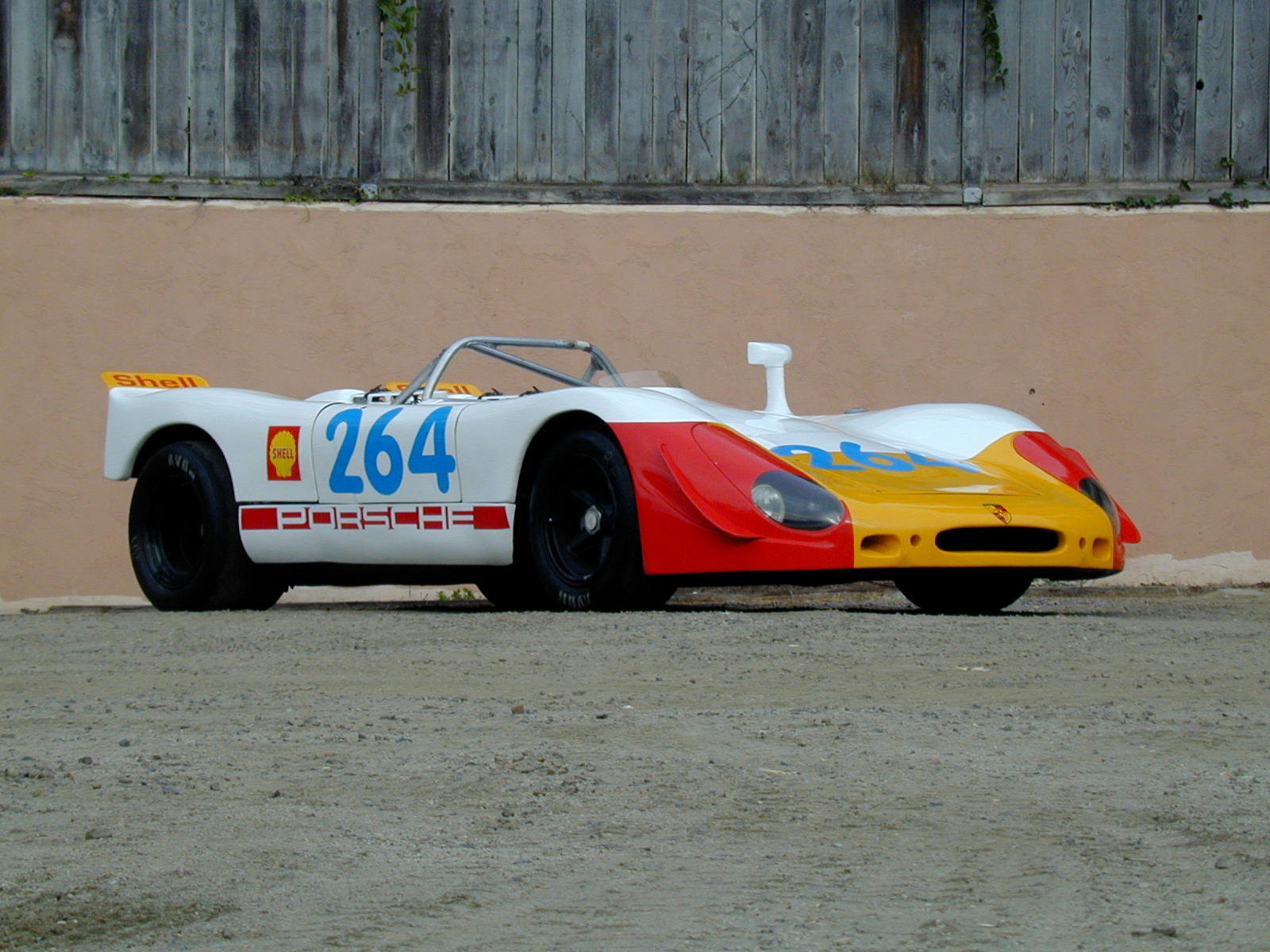






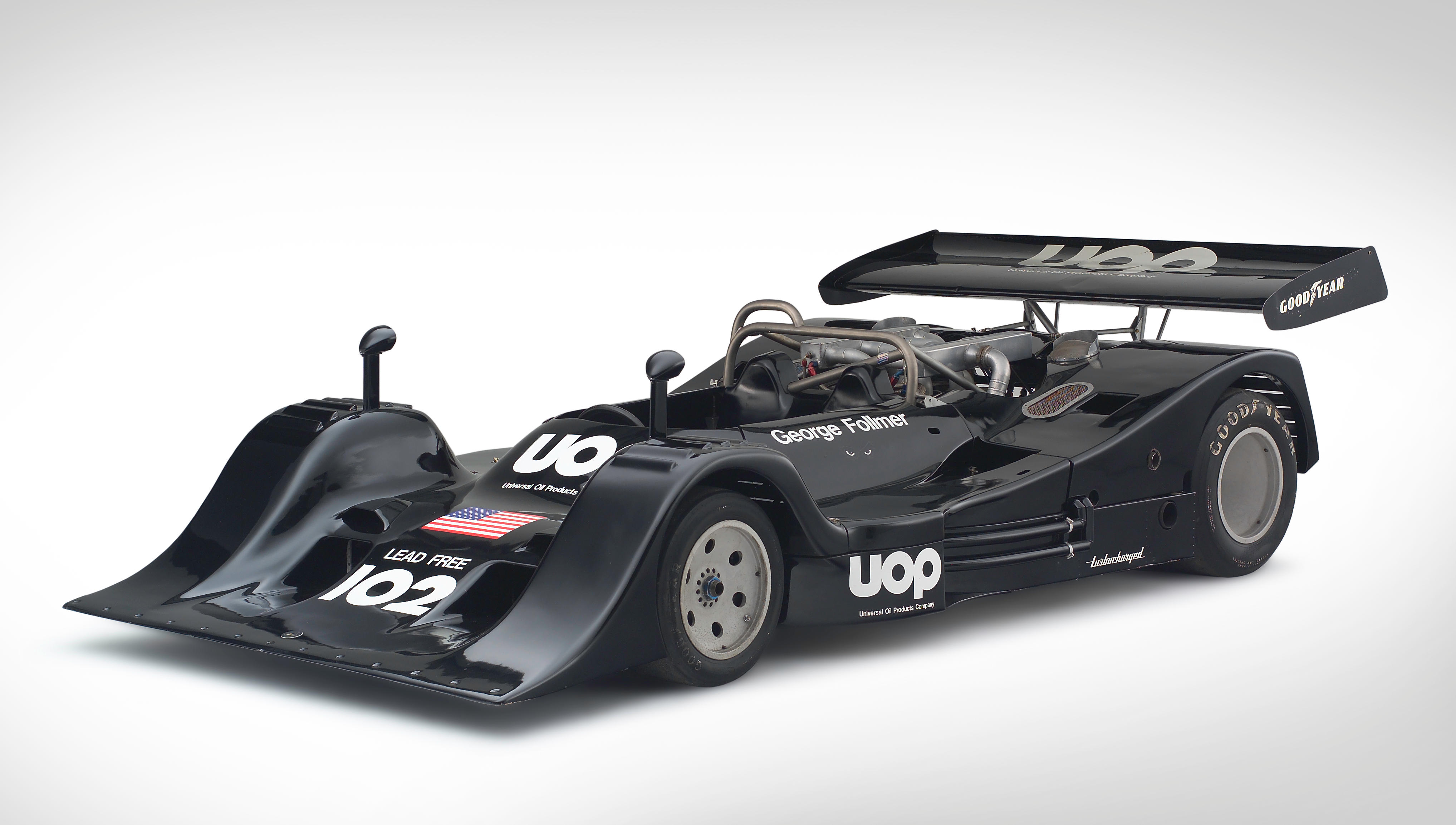
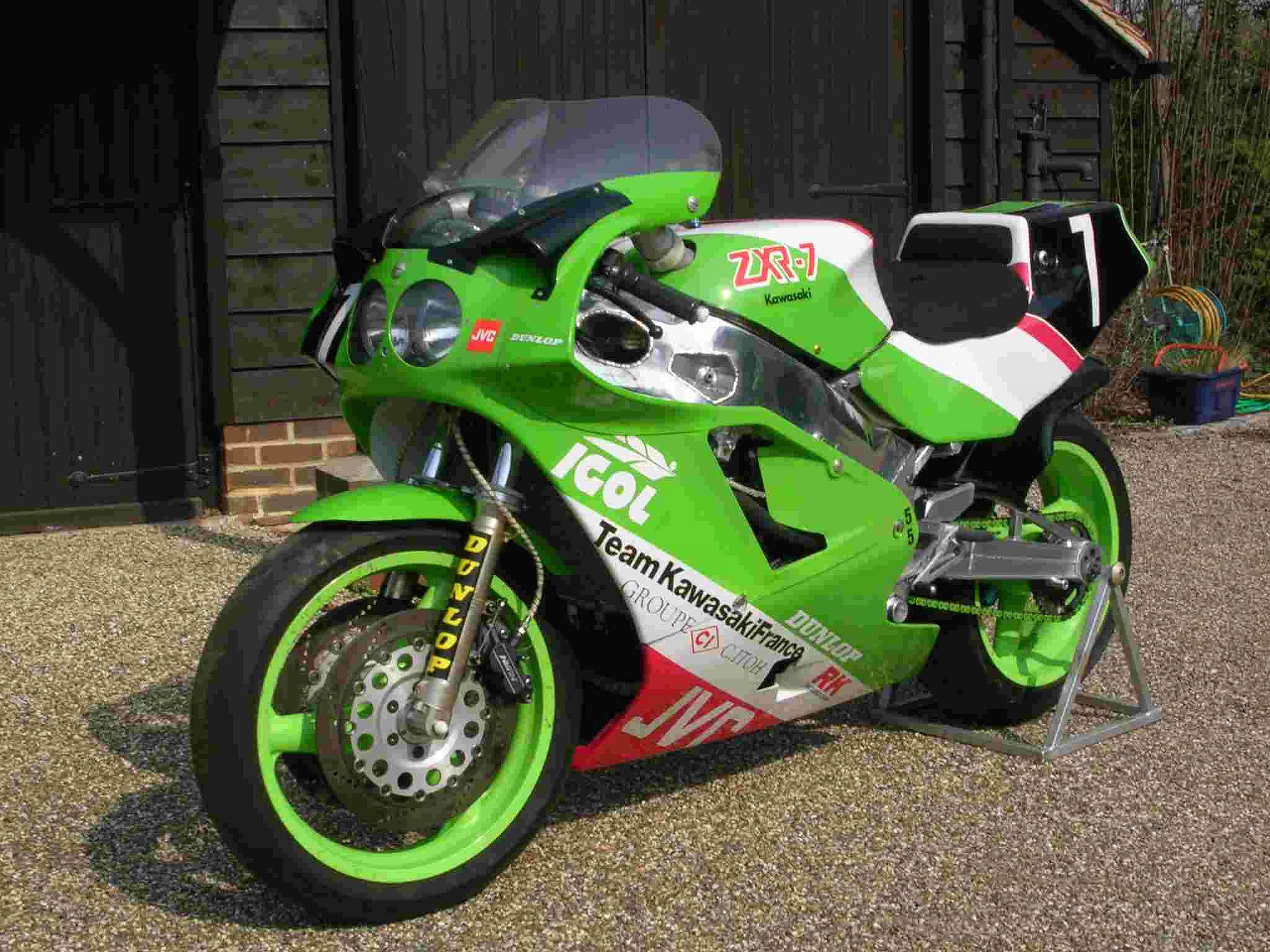
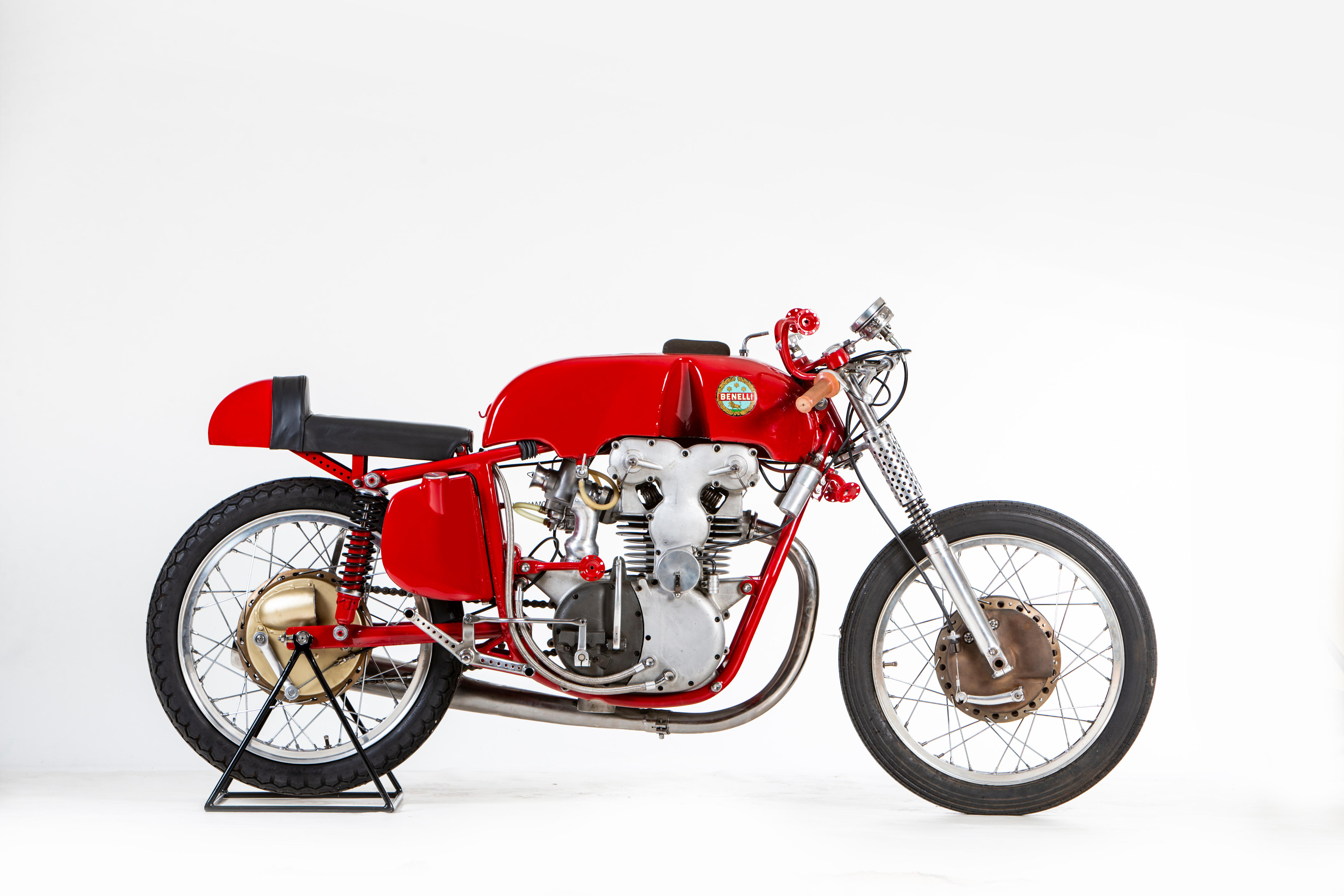


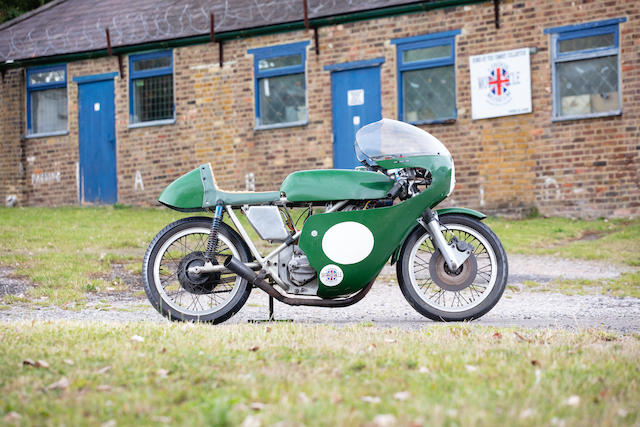
Try LotSearch and its premium features for 7 days - without any costs!
Be notified automatically about new items in upcoming auctions.
Create an alert